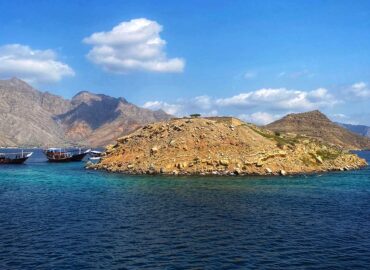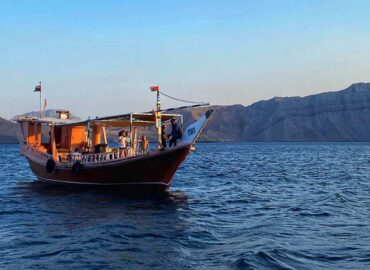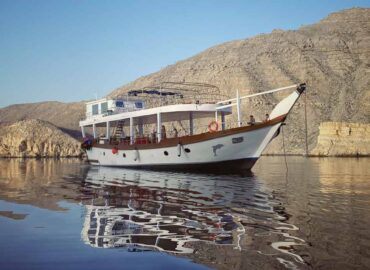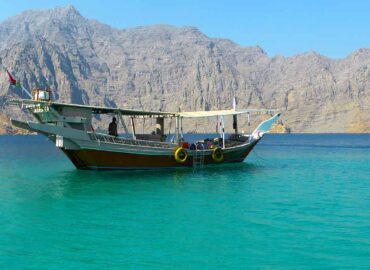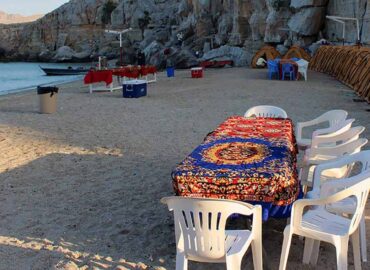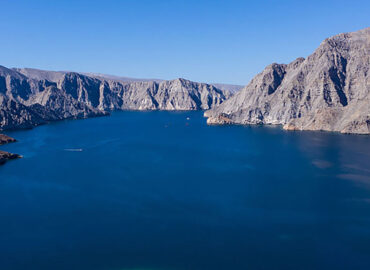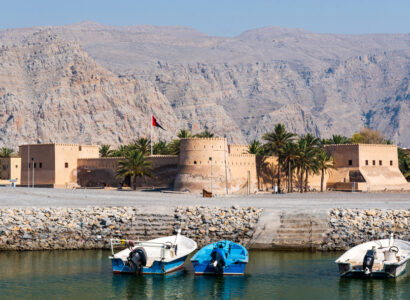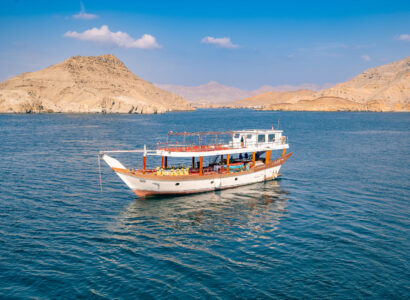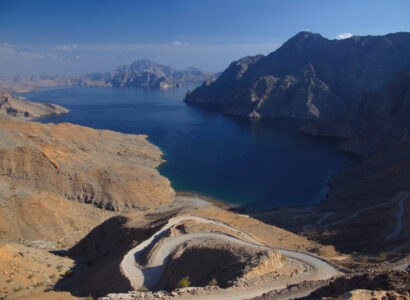Strait of Hormuz
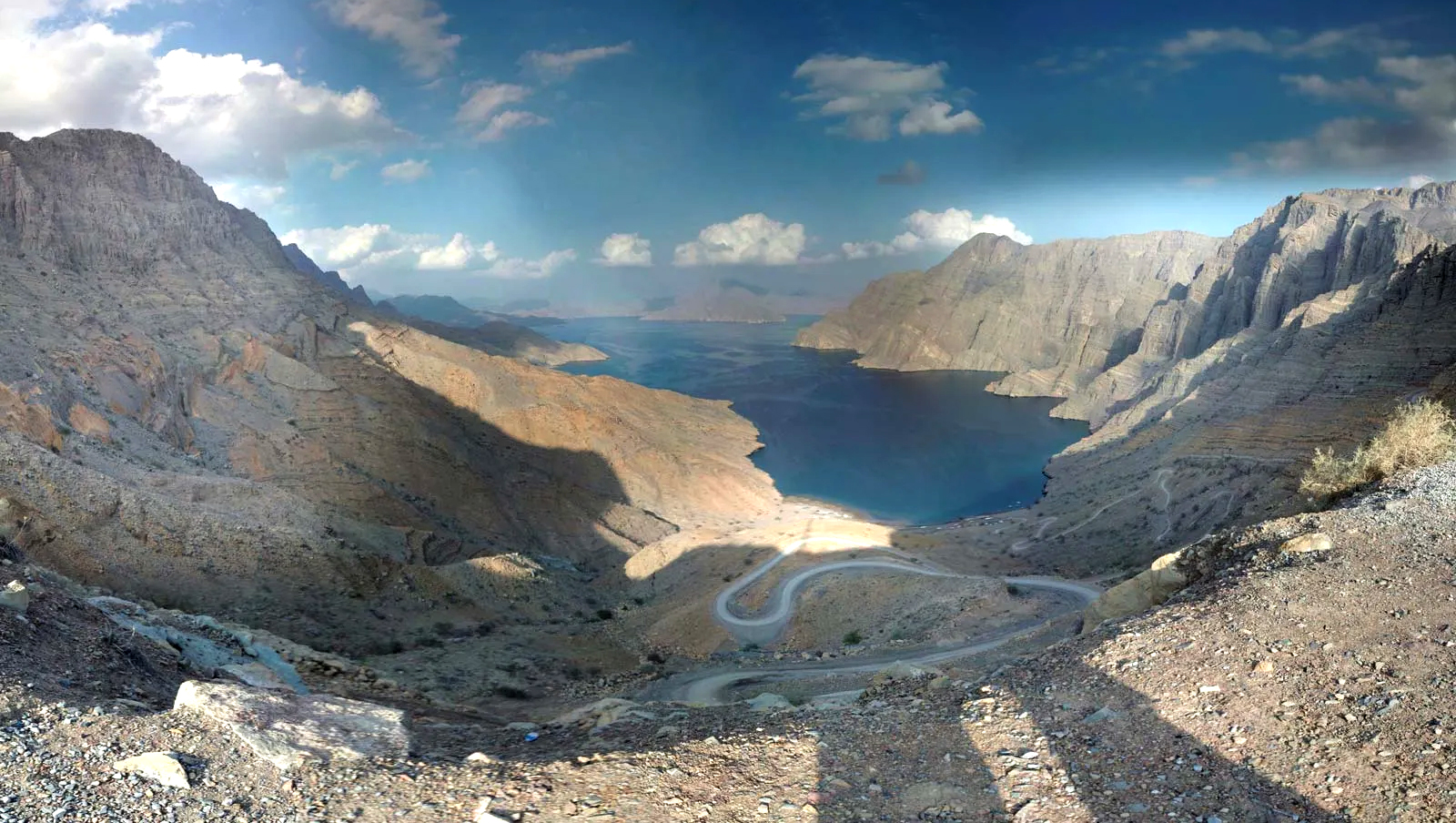
The Strait of Hormuz is one of the most strategically significant maritime chokepoints in the world, connecting the Persian Gulf to the Gulf of Oman and the Arabian Sea. This narrow waterway has been pivotal to global trade, geopolitics, and the history of the surrounding regions, including Oman, the Arabian Peninsula, and the Musandam Governorate. Its geographical position, historical significance, and economic role make it a central focus in international relations and maritime strategy.
What is the Geography of the Strait of Hormuz?
The Strait of Hormuz lies between the northern coast of Iran and the southern coast of the Musandam Peninsula, an exclave of Oman. It spans approximately 90 nautical miles (167 kilometers) in length, with a width ranging from 52 nautical miles (96 kilometers) at its broadest point to 21 nautical miles (39 kilometers) at its narrowest. The strait serves as the only maritime passage connecting the Persian Gulf to the open ocean, making it an essential conduit for international shipping.
Geographically, the strait is bordered by mountainous terrain on both sides. On the Omani side, the rugged cliffs of the Musandam Peninsula provide a dramatic backdrop, while Iran’s coastal plains and hills define its northern boundary. The strategic location of the strait at the crossroads of Asia, the Middle East, and Africa enhances its significance.
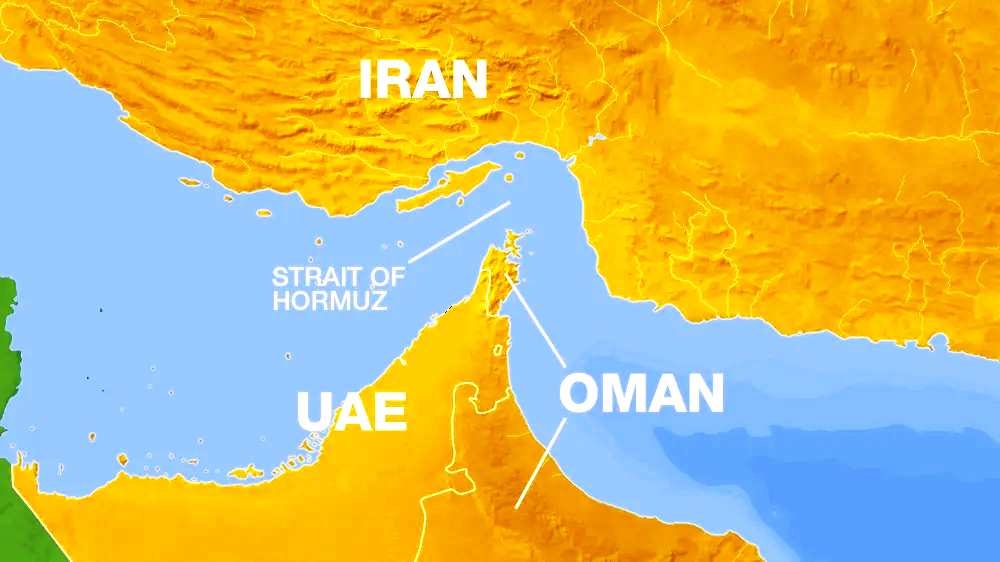
Why is the Strait of Hormuz Strategically Important?
The Strait of Hormuz is one of the world’s most critical chokepoints for energy and trade. Approximately a third of the world’s liquefied natural gas and nearly 25% of global oil consumption pass through this narrow waterway. The strait’s importance is heightened by its role as a gateway for energy exports from the Gulf Cooperation Council (GCC) countries, including Saudi Arabia, Kuwait, the UAE, and Qatar, to international markets in Asia, Europe, and beyond.
Historically, the strait has been a hotspot for geopolitical tensions. Its control has been contested by various empires and nations due to its ability to influence global trade and energy markets. Modern maritime traffic through the strait is regulated by a Traffic Separation Scheme (TSS) under international law, ensuring the safe passage of ships through territorial waters belonging to Iran and Oman.
What is Oman’s Role in the Strait of Hormuz?
Oman plays a crucial role in the governance and security of the Strait of Hormuz, with the Musandam Governorate occupying the southern coast of the strait. The governorate’s capital, Khasab, is strategically located, offering a vantage point for monitoring maritime activities. Oman’s radar stations in Musandam contribute to the surveillance and management of shipping lanes.
As a historically neutral and diplomatically active nation, Oman has often mediated in regional disputes and ensured the strait’s openness for international trade. The country’s foreign policy emphasizes peaceful coexistence and cooperation, which is reflected in its efforts to maintain security in the region.
What is the Historical Significance of the Strait of Hormuz?
The Strait of Hormuz has been a vital trade route for millennia. In antiquity, it connected the luxury trade goods of the Arabian Peninsula, Persia, and the Indian subcontinent to markets in Europe and Africa. Babur’s memoirs recount the transport of almonds from Ferghana to Hormuz as a gateway to international markets.
During the 10th to 17th centuries, the Kingdom of Ormus dominated the strait, acting as a commercial hub and cultural melting pot. The kingdom’s strategic location attracted Portuguese, Safavid, and later British interests. The name “Hormuz” is believed to derive from the Persian word “Hur-mogh,” meaning date palm, though it is also associated with the Zoroastrian deity Ahura Mazda.
What is the Musandam Governorate’s Connection to the Strait of Hormuz?
The Musandam Governorate, an exclave of Oman, is situated on the Musandam Peninsula, which juts into the strait. The region’s rugged terrain and fjord-like inlets, known as khors, provide natural beauty and strategic advantages. The Musandam Peninsula’s location allows Oman to play a key role in monitoring and securing the maritime traffic through the strait.
The governorate’s historical isolation has preserved its unique cultural identity. The indigenous Shihuh tribe and the inhabitants of Kumzar, who speak the endangered Kumzari language, reflect the region’s distinct heritage. Musandam’s geopolitical significance has made it a focal point in Omani history, especially during the British-backed consolidation of Oman’s sovereignty in the 20th century.
How Does the Arabian Peninsula Influence the Strait of Hormuz?
The AArabian Peninsula, home to the GCC nations, surrounds the Persian Gulf and the Strait of Hormuz. These nations rely heavily on the strait for exporting hydrocarbons and importing goods. The peninsula’s historical role as a center of trade and its modern energy resources underscore its interconnectedness with the strait.
The Arabian Peninsula’s cultural and historical legacy is intertwined with the strait. Ancient trade routes, Islamic maritime expansion, and the region’s participation in global commerce have all contributed to shaping the strait’s role in world history.
What Are the Key Historical Events in the Strait of Hormuz?
- The Tanker War (1980s): During the Iran-Iraq War, both nations targeted oil tankers in the Persian Gulf to disrupt each other’s economies, highlighting the strait’s vulnerability.
- Operation Praying Mantis (1988): The U.S. Navy launched a retaliatory strike against Iranian forces in the strait following the mining of international waters.
- Downing of Iran Air Flight 655 (1988): A tragic incident where a U.S. Navy cruiser mistakenly shot down an Iranian civilian airliner over the strait.
- 2011–2012 Tensions: Iran threatened to close the strait in response to international sanctions, leading to heightened military activity in the region.
- Recent Incidents (2019-2021): Iranian forces seized multiple vessels, including the Stena Impero, escalating tensions with Western nations.
How Do Alternative Shipping Routes Impact the Strait of Hormuz?
To mitigate the risks associated with the strait, Gulf nations have developed alternative routes. The UAE’s Habshan-Fujairah oil pipeline bypasses the strait, allowing crude oil to be exported directly to the Gulf of Oman. Saudi Arabia has reopened the Iraq Pipeline through Saudi Arabia (IPSA) and is exploring new pipelines to Oman and Yemen.
These routes reduce dependence on the strait, enhance energy security, and lower insurance costs for shipping. However, the Strait of Hormuz remains irreplaceable for the majority of maritime trade from the Persian Gulf.
What is the Strait of Hormuz’s Role in Modern Geopolitics?
The strait’s significance extends beyond trade. It is a flashpoint for regional and international rivalries, particularly between Iran and the U.S. The presence of international naval forces underscores its importance in maintaining the free flow of goods.
Oman’s diplomacy and its stewardship of Musandam contribute to the stability of the region. The strait’s future will likely continue to be shaped by global energy demand, regional politics, and international cooperation.
Conclusion
The Strait of Hormuz is far more than a narrow waterway; it is a vital artery of global commerce, a historical crossroads of civilizations, and a focal point of geopolitical intrigue. Its connections to Oman, the Arabian Peninsula, and the Musandam Governorate highlight the interwoven history and strategic importance of the region. Understanding the strait’s complexities is essential to appreciating its role in shaping both past and present global dynamics.
Share this post
KHASAB MUSANDAM TOUR PACKAGES
Have you ever been to Norway? Musandam Khasab dhow cruise tour brings you an opportunity to explore the “Norway Of Arabia”. Book a Khasab dhow cruise and we bet you will fall in love with the beauty of Khasab Musandam.

